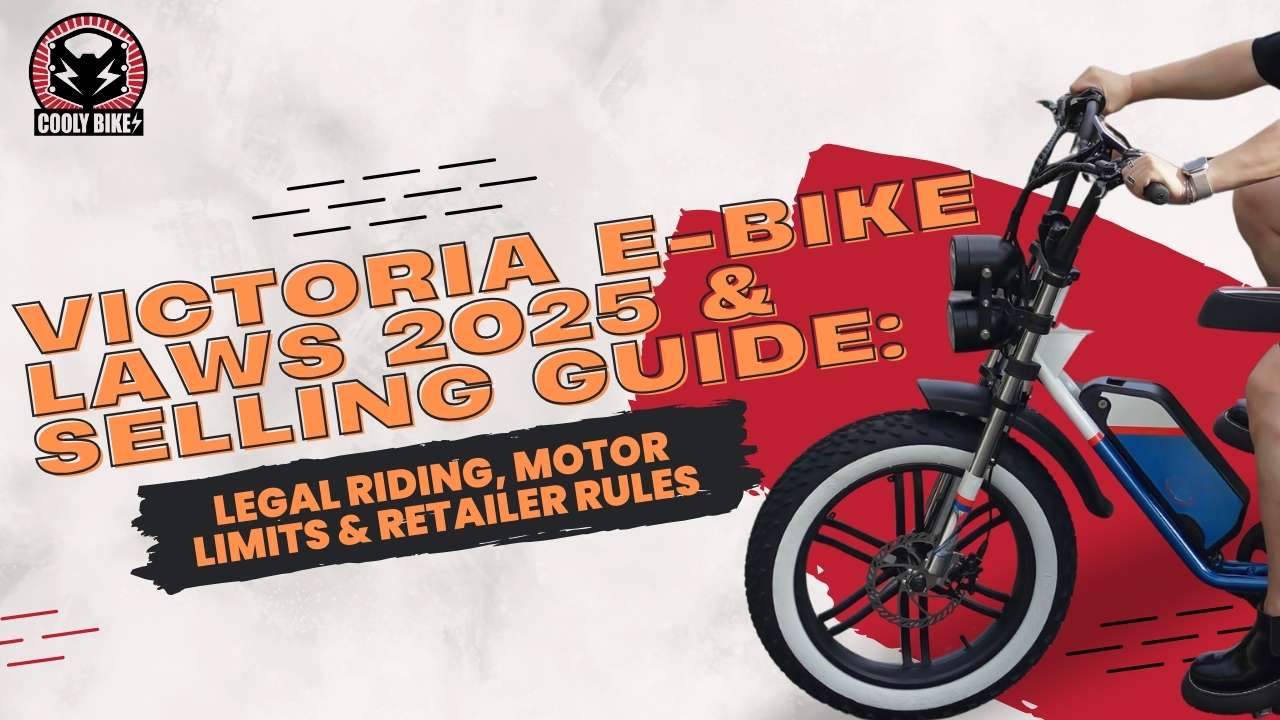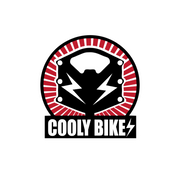
Victoria E-Bike Laws 2025 & Selling Guide: Legal Riding, Motor Limits & Retailer Rules
Electric bikes (e-bikes) are becoming increasingly popular in Victoria, offering an eco-friendly and cost-effective way to commute. However, if you’re an e-bike rider or looking to sell e-bikes in Victoria, it’s essential to understand the latest legal requirements in 2025. This guide covers where you can legally ride an e-bike, motor power limits, and the obligations retailers must meet to sell e-bikes in compliance with Victoria’s laws.
Victoria E-Bike Laws 2025: Where Can You Ride?
1. Legal Riding Areas
Victoria allows e-bikes to be ridden in specific areas:
- Bicycle paths and shared paths: Allowed unless signage indicates otherwise.
- Roads: Legal for e-bikes meeting power and speed regulations.
- Footpaths: Generally not allowed, except for children under 12 or riders with disabilities.
- Off-road trails: Permitted unless restricted by local council regulations.
2. Legal Motor and Speed Limits
Victoria follows national e-bike standards:
- Pedal-assist e-bikes (Pedelec): Maximum motor power of 250W, with motor assistance cutting off at 25 km/h.
- Throttle-controlled e-bikes: Maximum motor power of 200W, with no speed assistance beyond 25 km/h.
- High-powered e-bikes: Any e-bike exceeding these limits is classified as a motor vehicle and requires registration, insurance, and a license.
3. Helmet and Safety Requirements
- Helmets are mandatory for all e-bike riders.
- Bikes must have functional brakes, front and rear lights, and a bell or horn.
4. Bike Lights
- Riding at night or under low light calls for using lights. Your bike must have:
- white front light and a red rear light, both visible from at least 200 metres
- A red back reflector visible from at least 50 metres.
- Always present yourself as clearly as you can, and let other drivers see you.
- Choose light-colored, vivid clothes and something retro-reflective or reflective.
Selling E-Bikes in Victoria: Retailer Obligations & Safety Standards
1. Compliance with Australian Standards
Retailers must ensure that e-bikes comply with Australian Design Rules (ADR) and the EN 15194:2017 standard for electric bicycles. This includes:
- Motor power limits (maximum 250W for pedelecs).
- Electrical safety compliance.
- Battery certification to prevent fire hazards.
2. Labeling & Consumer Information
Retailers must provide:
- A clear label on the e-bike displays power output and speed limits.
- A user manual with safety instructions and maintenance guidelines.
3. Import & Sales Regulations
- Importers must verify that e-bikes meet the Australian Consumer Law (ACL) requirements.
- If selling high-powered e-bikes (beyond 250W), businesses must inform buyers about vehicle registration requirements.
- All e-bikes must have a warranty period in compliance with consumer rights.
4. Liability and Insurance Considerations
Retailers should have product liability insurance to cover potential legal claims related to faulty e-bikes. Additionally, providing optional third-party insurance recommendations to buyers can enhance customer trust.
Final Thoughts
Understanding and complying with Victoria’s 2025 e-bike laws is crucial whether you are a rider or a retailer. Following legal motor limitations guarantees safe riding; shops have to operate lawfully by strictly following safety and labeling guidelines. Staying informed will help you to enjoy the advantages of e-bikes without running into legal problems or fines.
If you want to sell e-bikes, make sure your goods satisfy Australian criteria and offer customers the required legal and safety information. Being a responsible seller and rider will help to create a safer and more sustainable transportation future in Victo as e-bike acceptance keeps rising.
